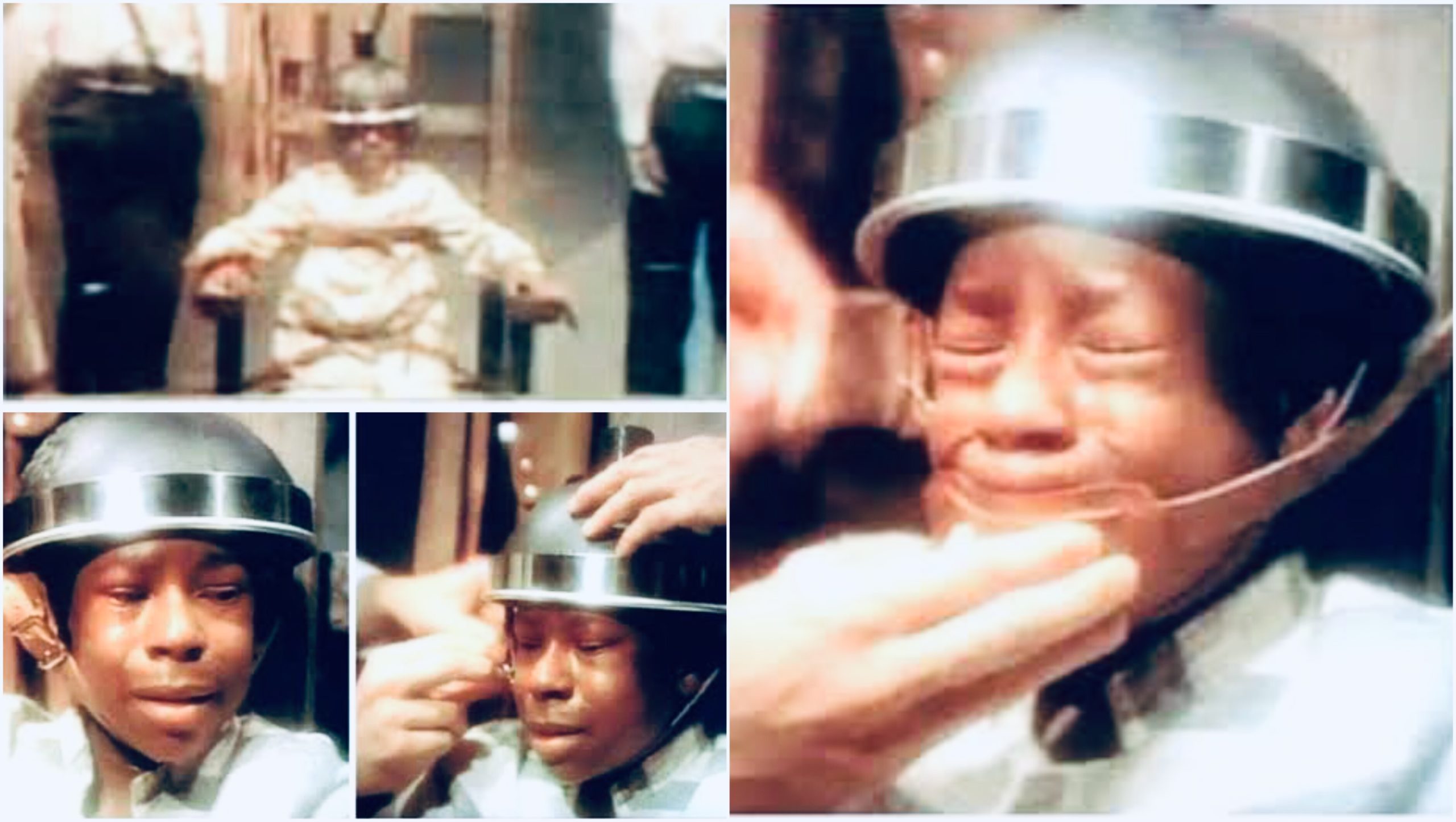George Stinney Junior was only 14 years old when a South Carolina court sentenced him to death. Executed on this day, 16 June, in 1944, the African American boy was the youngest person to be put to death by the US state last century.
The young black boy was tried over the murder of two white girls: 11-year-old Betty Binnicker and 7-year-old Mary Thames.
The pair had been out riding their bikes looking for flowers on the 22 March 1944, and they never returned to their homes in the then segregated southern town of Alcolu.
Stinney's trial lasted less than three hours. The youth's lawyer, Charles Plowden, presented no evidence to show that his client was innocent, and nor did he call any witnesses. And the all-white jury took just 10 minutes to decide he was guilty.
Judge PH Stoll then promptly sentenced the minor to the electric chair.
Following the trial, a group of white men arrived at the local prison to lynch the boy, but he'd already been transferred to Columbia Prison, where he sat on death row for a mere 84 days, before the state took his life.
Jim Crow justice |
On the day prior to the deceased girls' bodies being found on the black side of town, the pair rode past George and his sister, Amie, as they were out grazing the family cow near the train tracks that divided the town between the black and white communities.
The two girls asked the brother and sister about where they could find some "maypops", but the siblings couldn't help. And the bodies of the girls were found in a ditch the next day, with their skulls having been bashed in with a "round instrument about the size of the head of a hammer".
Police picked up George not long after the bodies were discovered, and he was taken to the police station. And without his parents or a lawyer present, the boy confessed to the murders. Although, his now elderly siblings have always insisted he was coerced.
On 16 June that same year, Stinney walked into the execution chamber with a bible under his hand. It's said that as he was so small, he had to sit on the holy book whilst in the electric chair. And the face mask he wore during the execution was so large that it fell off while he was being killed.

Image of George Stinney Jr being executed
Exonerated too late |
However, Stinney's siblings always maintained his innocence. And in 2013, they filed for a retrial. And on 16 December 2014, Judge Carmen Mullen overturned the conviction 70 years after the teenage boy's life had been taken.
The circuit court judge found that Stinney's confession was likely coerced and was therefore inadmissible. And further, her Honour found the boy hadn't been given a fair trial, as he had no effective defence.
Judge Mullen also ruled that the execution constituted "cruel and unusual punishment".
As the innocent boy sat in the electric chair back in 1944, he could be heard sobbing. And George was declared dead eight minutes after the electric volts had been applied to his body.
The content of this article is intended to provide a general guide to the subject matter. Specialist advice should be sought about your specific circumstances.

